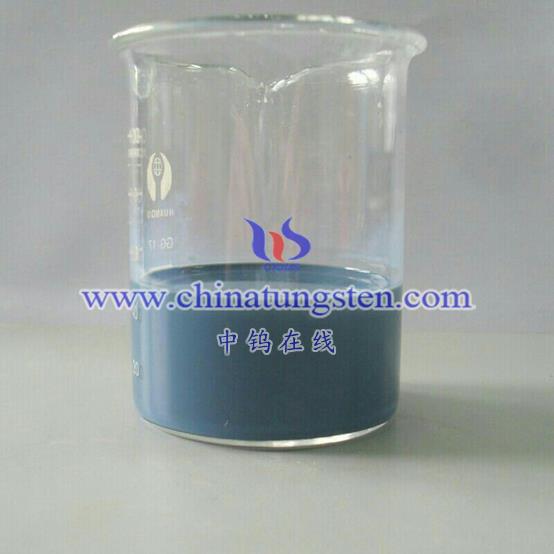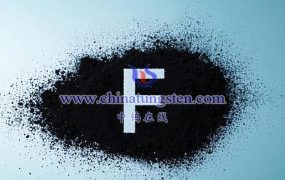Tungsten (W), renowned for its high melting point, hardness, and density, has found extensive use across various fields and shows promising potential for future applications. Below is a detailed summary of all current and potential uses of tungsten:
Current Applications
- Metalworking and Machinery
- Hard Alloys: Tungsten is the primary component in hard alloys like tungsten carbide, used for cutting tools, drill bits, and mining machinery, known for their exceptional hardness and wear resistance.
- High-Speed Steel: Contains 9%–24% tungsten and is used in manufacturing high-speed cutting tools such as drills and milling cutters.
- Alloy Steel: Enhances strength, hardness, and wear resistance in steel, contributing to tools, heat-resistant steels, and stainless steels.
- Aerospace and Defense
- Aircraft Engine Components: Tungsten alloys are used in turbine blades and combustion chambers due to their high-temperature resistance, strength, and corrosion resistance.
- Ammunition and Missiles: High-density tungsten alloy bullets are integral to missiles, electromagnetic railguns, and armor-piercing rounds.
- Electronics and Electrical Applications
- Light Bulb Filaments: Tungsten wires serve as filaments in incandescent and halogen bulbs due to their high luminous efficiency and longevity.
- Electronic Components: Used in hot cathodes, grids, and X-ray tube electrodes.
- Medical Sector
- Radiation Protection: Tungsten alloys, with high density and atomic number, are used in X-ray and radiation shielding devices such as scatter guards.
- Energy and Chemical Industry
- High-Temperature Furnace Elements: Tungsten is used in heaters and thermocouples for high-temperature furnaces.
- Catalysts: Tungsten compounds (e.g., tungstic acid) serve as catalysts in chemical industries, including high-octane gasoline production.
- Other Applications
- Jewelry and Decorations: Tungsten’s high density and unique luster make it ideal for crafting jewelry and decorative items.
- Sports Equipment: Used in golf club heads, darts, and similar items for stability and control due to its high density.
Potential Applications
- Quantum and Information Technology
- Quantum Technologies: Could be used in quantum computing and quantum communication as materials for qubits or quantum gates.
- Environmental Remediation and Energy Storage
- Photocatalysts: Tungsten-based materials may be used for wastewater treatment, air purification, and energy conversion (e.g., photocatalytic water splitting for hydrogen production).
- Energy Storage: Development of new storage devices like supercapacitors and batteries utilizing tungsten materials.
- Biomedical and Biotechnology
- Tungsten Nanomaterials: Potential applications in drug delivery, bioimaging, and cancer treatment.
- Medical Implants: Development of biocompatible tungsten-based materials for implants.
- Space Exploration
- Space Equipment: High melting point and corrosion resistance make tungsten suitable for components in telescopes, Mars rovers, and other space instruments.
Additional Applications
- Construction and Materials
- Structural Components: Tungsten alloys can be used in bridges and skyscrapers for their high strength and corrosion resistance.
- Coatings and Paints: Tungsten compounds improve hardness and wear resistance in coatings.
- Automotive Manufacturing
- Engine Components: Utilized in pistons, crankshafts, and brake systems to enhance performance and safety.
- Lighting: Tungsten filaments provide stable illumination in automotive bulbs.
- Renewable Energy
- Solar Cells: Tungsten is increasingly used in electrodes and conductive lines in solar panels to improve efficiency and lifespan.
- Wind Power: Tungsten alloys enhance the performance of wind turbine blades and gears.
- Nuclear Industry
- Radiation Shielding: Tungsten is ideal for nuclear reactor control rods and shielding materials.
- Optics and Instruments
- Heating Elements: Used in optical pyrometers and other high-temperature measuring devices.
Emerging Fields
- Advanced Manufacturing
- 3D Printing: Tungsten-based materials have potential in additive manufacturing for creating complex shapes and structures.
- Smart Materials and Devices
- Sensors: Tungsten alloys may be used in smart sensors and shape-memory devices.
- Ocean Engineering
- Deep-Sea Exploration: Tungsten alloys are suitable for manufacturing components for underwater exploration and pipelines.
Considerations and Future Outlook
- Sustainability: Efficient extraction, processing, and recycling methods are essential to minimize environmental impact and ensure sustainable use.
- Strategic Resource: Tungsten’s strategic importance necessitates careful policy and resource management.
As technology advances, tungsten’s applications will likely expand further, driving innovations in energy, healthcare, and emerging technologies.

More details of tungsten oxide product, please visit website: tungsten-oxide.com
Please contact CHINATUNGSTEN for inquiry and order of tungsten oxide:
Email: sales@chinatungsten.com
Tel.: 86 592 5129595






